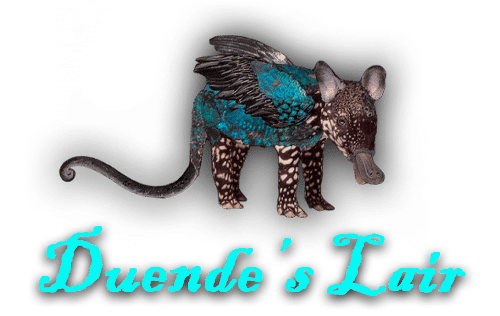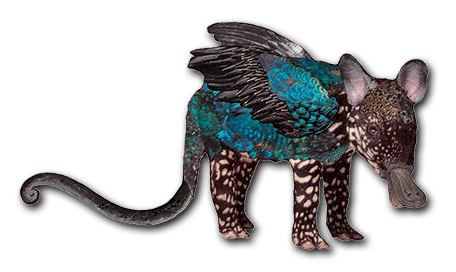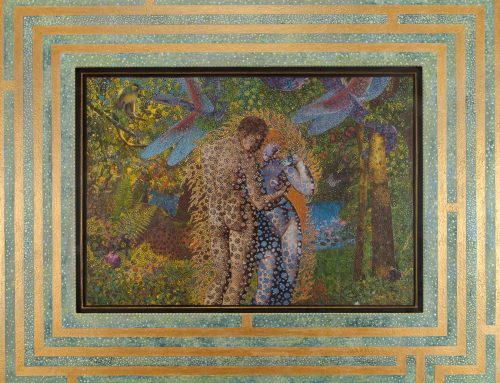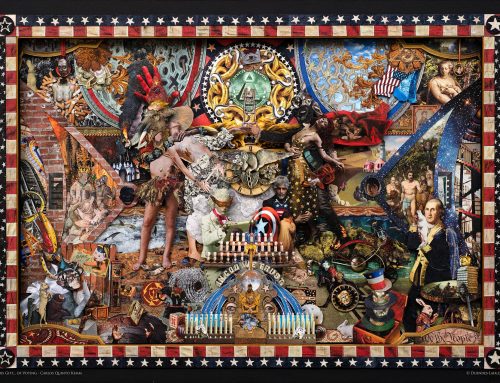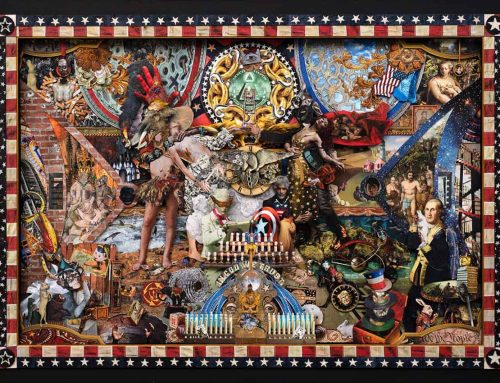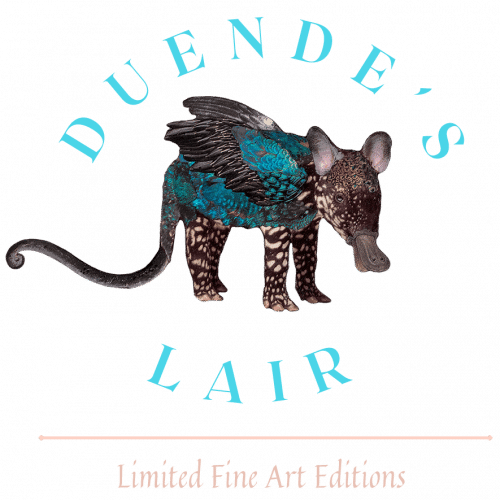Combining The Digital & Physical in Mixed Media Collage
Mixed media collage is all about creativity and trying new things. By mixing digital and physical techniques, artists can expand their options and create something truly unique. Digital tools help refine, adjust, and test ideas before they are printed and used in a physical collage. Meanwhile, traditional materials bring texture, depth, and a handmade quality that makes art feel real and personal. Whether layering printed textures with paint, cutting out digital patterns, or scanning real materials to edit on a computer, blending both worlds makes the artistic process more exciting and dynamic.
Why Mix Digital and Physical Techniques?
Mixing digital and physical art allows artists to experiment freely and make changes without wasting materials. Digital tools let artists resize, recolor, and adjust images before printing them, so they can test different ideas before committing to a final design. This helps save time and reduces mistakes. It also allows for endless variations, as digital pieces can be easily edited and reused in multiple projects.
At the same time, real-world materials like paper, fabric, and paint give a collage texture and character. The torn edges of paper, the way ink spreads on a textured surface, or the layering of fabric and paint add depth that can’t be achieved on a screen. Combining both digital and handmade techniques allows artists to explore different styles while maintaining a personal touch. The best part? Artists don’t have to choose one or the other—they can use both to create something truly original.
Creating Digital Elements for Mixed Media Collage
Digital tools help artists design, modify, and prepare images before printing and adding them to a collage. Here are some ways digital elements can be used:
- Editing and Adjusting Images: Programs like Photoshop, Canva, or Procreate allow artists to crop, recolor, and enhance images before printing them.
- Creating Digital Textures: Artists can use digital brushes to mimic watercolor washes, ink splatters, or rough surfaces, which can then be printed and layered into a collage.
- Designing Patterns and Decorations: Digital tools make it easy to create backgrounds, borders, or decorative elements that can be printed and added to physical artwork.
- Adding Text and Typography: Instead of writing by hand, artists can create crisp, well-aligned text digitally and print it for use in their collage.
Once digital elements are created, they can be printed on different surfaces, including heavyweight paper, canvas, or fabric. Some artists even scan their own paintings or sketches and manipulate them digitally before printing them back out to use in a new way. This lets them create a smooth blend between digital and traditional techniques.
Printing and Transferring Digital Elements
Printing digital elements onto different materials changes the way they interact with traditional collage techniques. Here are some ways to bring digital designs into physical art:
- Standard Paper Prints: Printing onto matte or glossy paper allows for cut-out images that can be layered and arranged within a collage.
- Photo Transfers: Using a gel medium, artists can transfer printed images onto canvas, fabric, or wood for a softer, blended look.
- Fabric Printing: Digital designs can be printed onto fabric sheets to add movement, texture, and dimension to a collage.
- Transparency and Vellum Prints: Printing on semi-transparent materials allows for subtle overlays, creating a soft, layered effect.
- Acrylic Skins: Printing onto acetate sheets and peeling away layers creates translucent effects that add an ethereal quality to collages.
Each technique brings its own unique look, and experimenting with different materials—like handmade paper, rice paper, or cardstock—can introduce new textures and effects. Some artists also distress their printed images by sanding, crumpling, or staining them to give them an aged appearance. This helps digital elements feel more natural when combined with traditional materials.
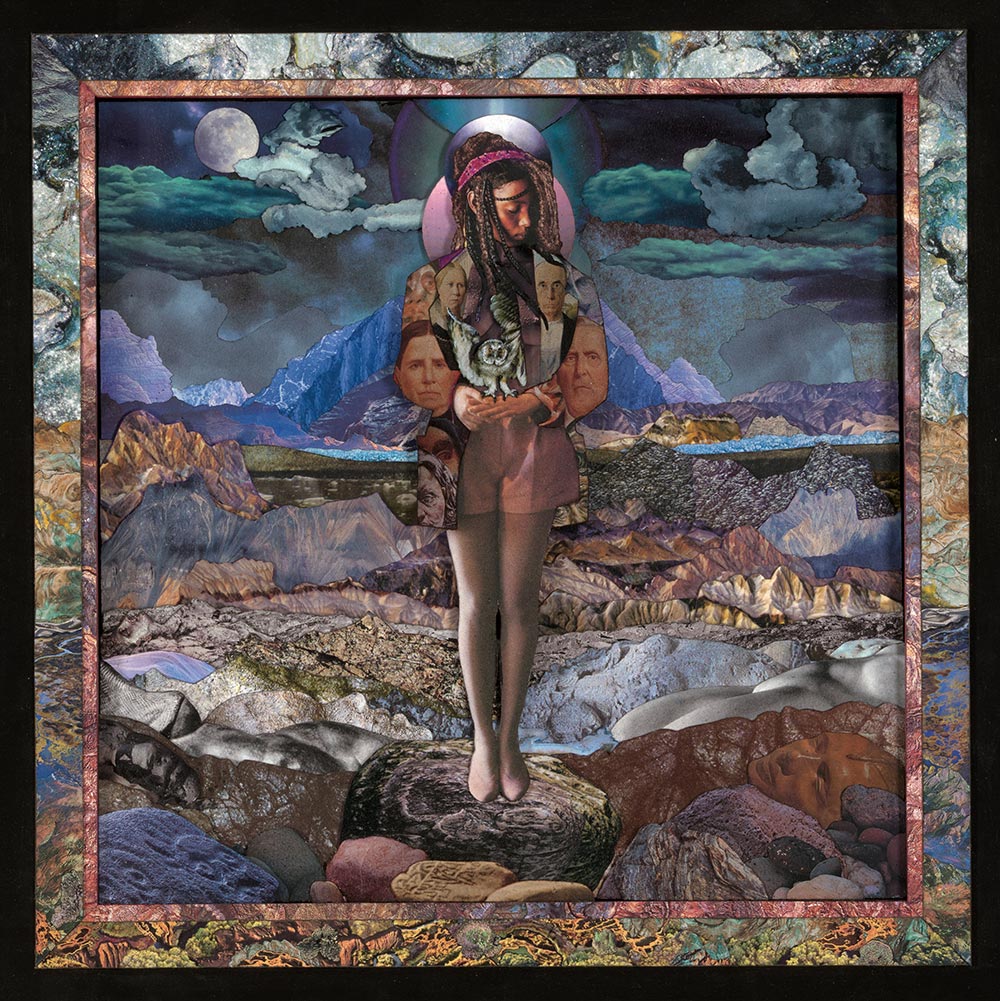
Blending Digital and Physical Art
The goal of using both digital and traditional methods isn’t to replace one with the other—it’s to create new possibilities. Digital tools allow for precise adjustments and easy experimentation, while physical materials bring depth and character. By blending these approaches, artists can develop a process that is both structured and spontaneous, allowing for creative freedom.
At Duende’s Lair, we celebrate the fusion of digital and physical techniques as a way to push the limits of mixed media art. Whether experimenting with digital designs before applying traditional techniques or printing unique textures to blend into a collage, the possibilities are endless.
How Technology Can Improve Physical Collage Art
Just as digital images can be printed and added to a collage, handmade artwork can also be scanned and improved using digital tools. Many artists do this by scanning their own textures, paint strokes, or hand-drawn sketches into a computer, where they can adjust colors, add layers, or use parts of them in other pieces. This technique helps artists mix traditional and digital art in a way that feels natural while still keeping the handmade touch.
Some artists also scan their finished collages and use programs like Photoshop or Procreate to adjust colors, contrast, or other details. This is especially helpful for artists who want to make high-quality prints of their work. Instead of changing the original piece, they can fine-tune small details digitally. Some artists take this even further by using projectors or augmented reality apps to see how digital elements will look before adding them to their physical artwork. These tools help artists plan their final composition and make sure everything fits together before committing to their design.
Another fun way to mix technology with physical collage is by using digital cutting machines like Cricut or Silhouette. These machines allow artists to create stencils, stamps, or detailed cut-out shapes that they can add to their collage. Instead of cutting by hand, artists can design patterns digitally and have them cut with precision. This makes it easier to combine clean digital designs with rough, textured handmade elements, creating a mix of polished and organic styles.
Finding the Right Balance Between Digital and Handmade Art
The secret to making digital and physical techniques work together is balance. Digital tools help with precision, flexibility, and quick adjustments, while traditional materials bring texture, warmth, and a personal feel. Some artists use digital designs as a base and then add handmade textures on top, while others mix both techniques equally. The goal is to make sure digital elements don’t look separate but instead blend naturally into the artwork.
It’s also important to think about how different materials work together. Some inkjet prints may not stick well to certain adhesives, and glossy papers may resist paint or glue. Testing different materials beforehand helps avoid unexpected problems. Another great way to make digital and handmade art feel cohesive is by mixing textures. Pairing smooth digital prints with rough, torn edges or layering printed images with thick brushstrokes can create a striking contrast that makes the artwork stand out.
For artists who like to work more freely, printing digital elements onto textured paper, fabric, or clear transparencies can lead to interesting results that feel more natural in a mixed media collage. Techniques like sanding, crumpling, or staining printed elements can also make digital pieces feel more like part of the handmade artwork, helping everything blend together seamlessly.
Blending Digital and Traditional Art for Unique Results
Mixing digital and physical techniques in mixed media collage opens up a world of possibilities. Whether designing patterns digitally, printing images to layer with paint, or scanning handmade textures to reuse in different projects, this hybrid approach allows artists to push creative boundaries. Instead of choosing between digital or traditional methods, artists can use both to create something new and personal.
At Duende’s Lair, we believe mixed media art is about exploring different methods and finding what works best for you. Whether layering printed designs with thick, textured brushstrokes, blending scanned textures into new digital artwork, or cutting digital patterns to use in a handmade collage, the possibilities are endless.
Feeling inspired? Explore our handmade collage collection and find new ways to mix digital and traditional techniques in your artwork!
